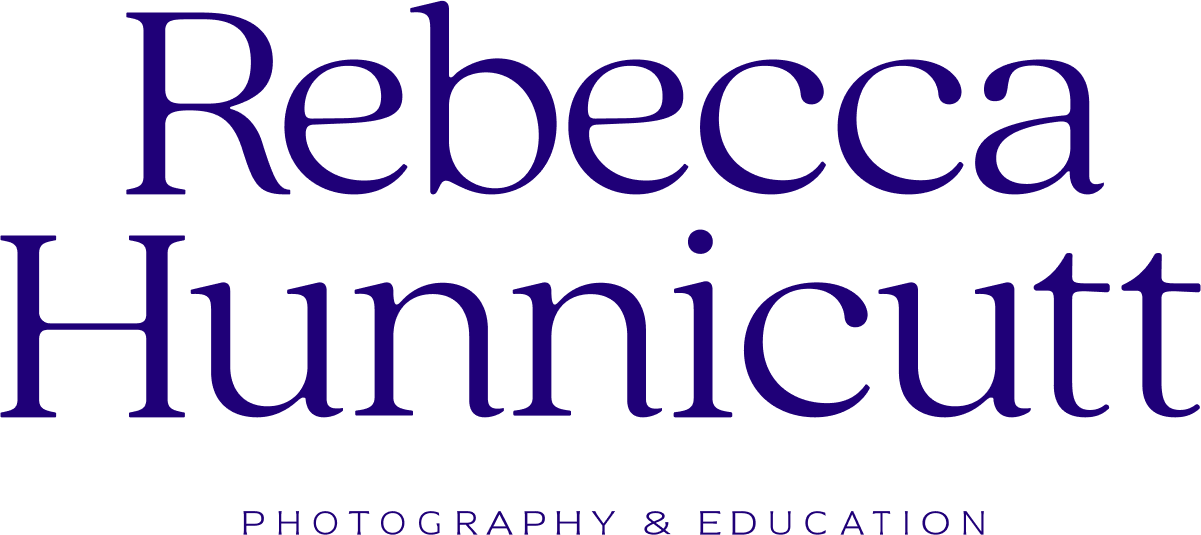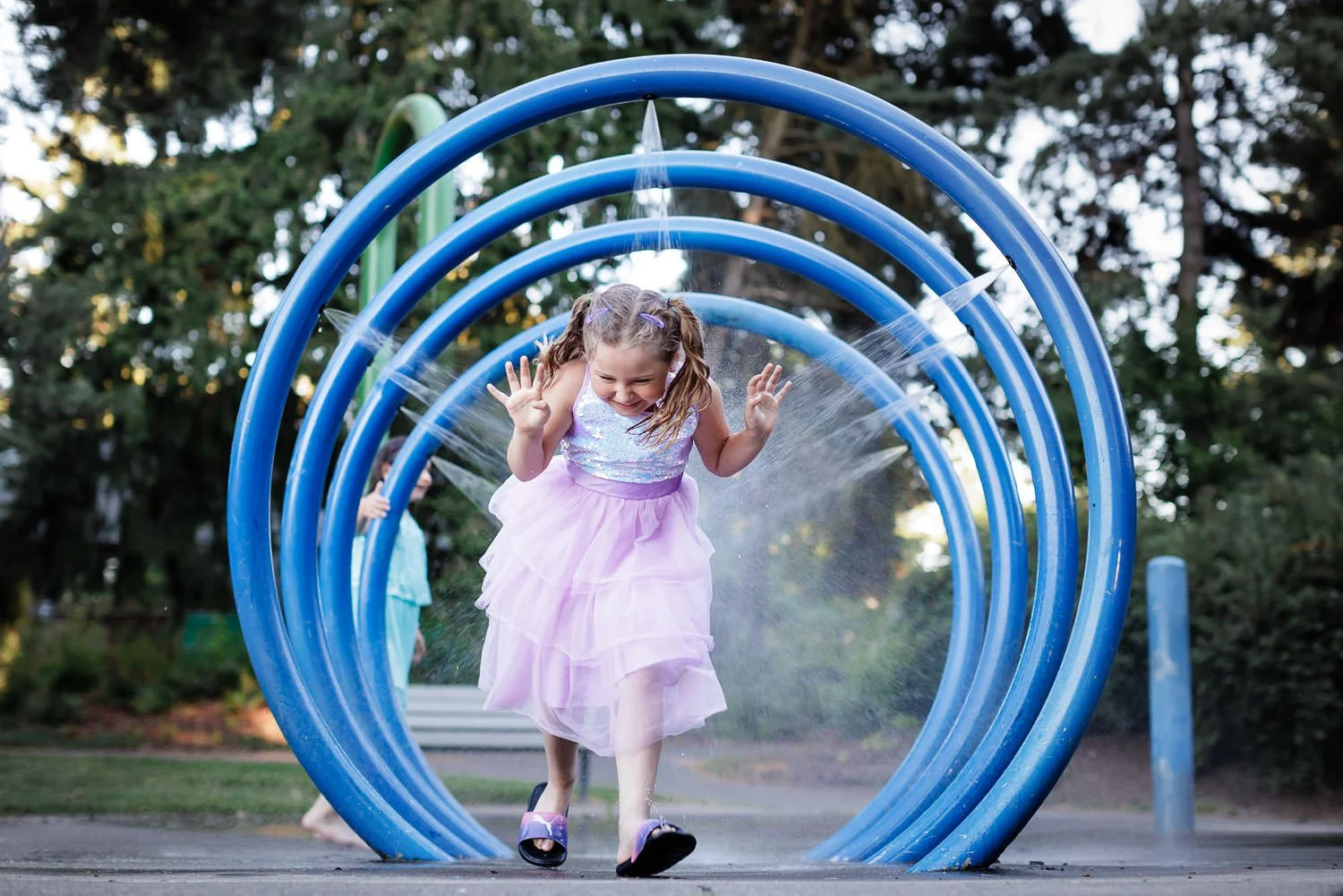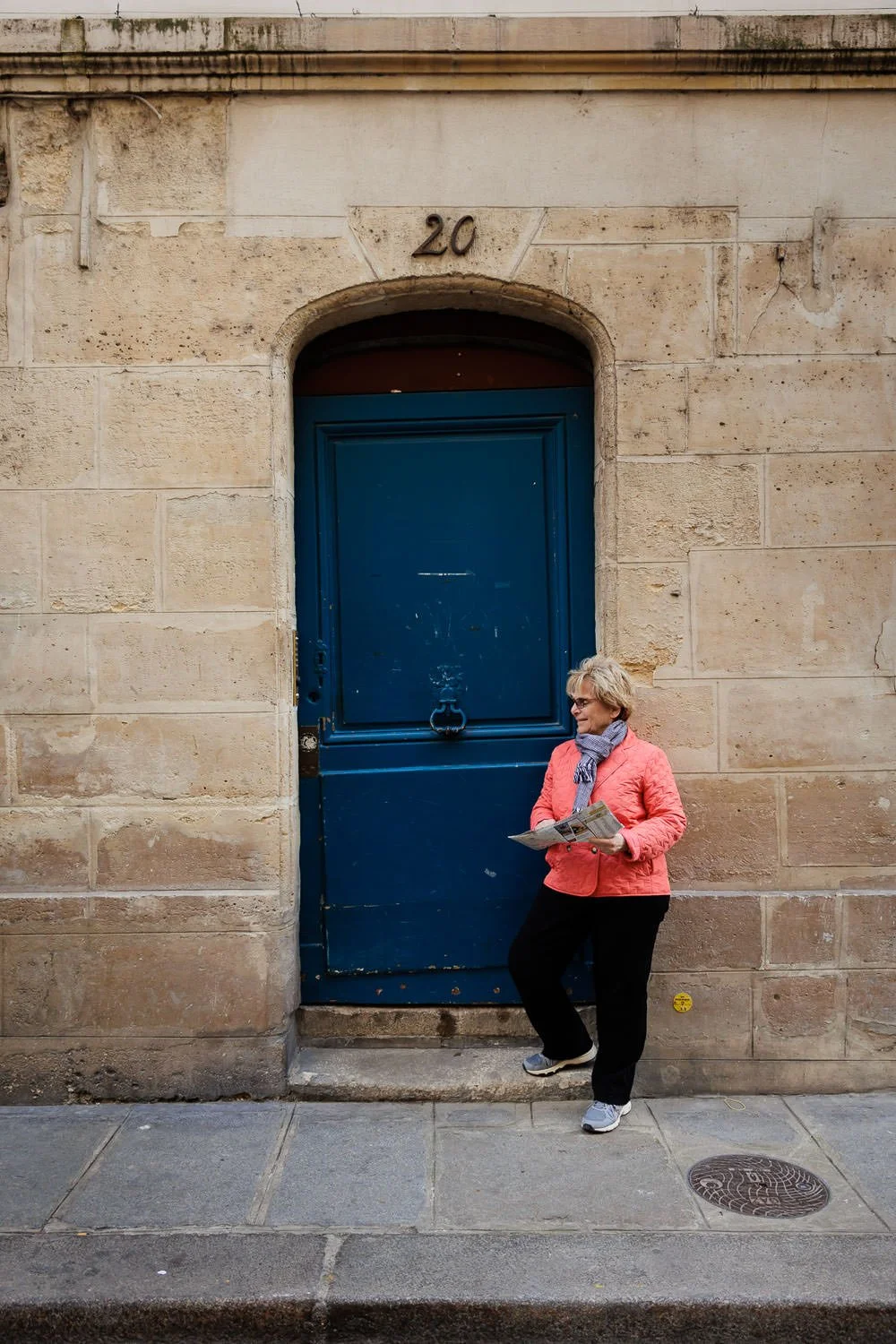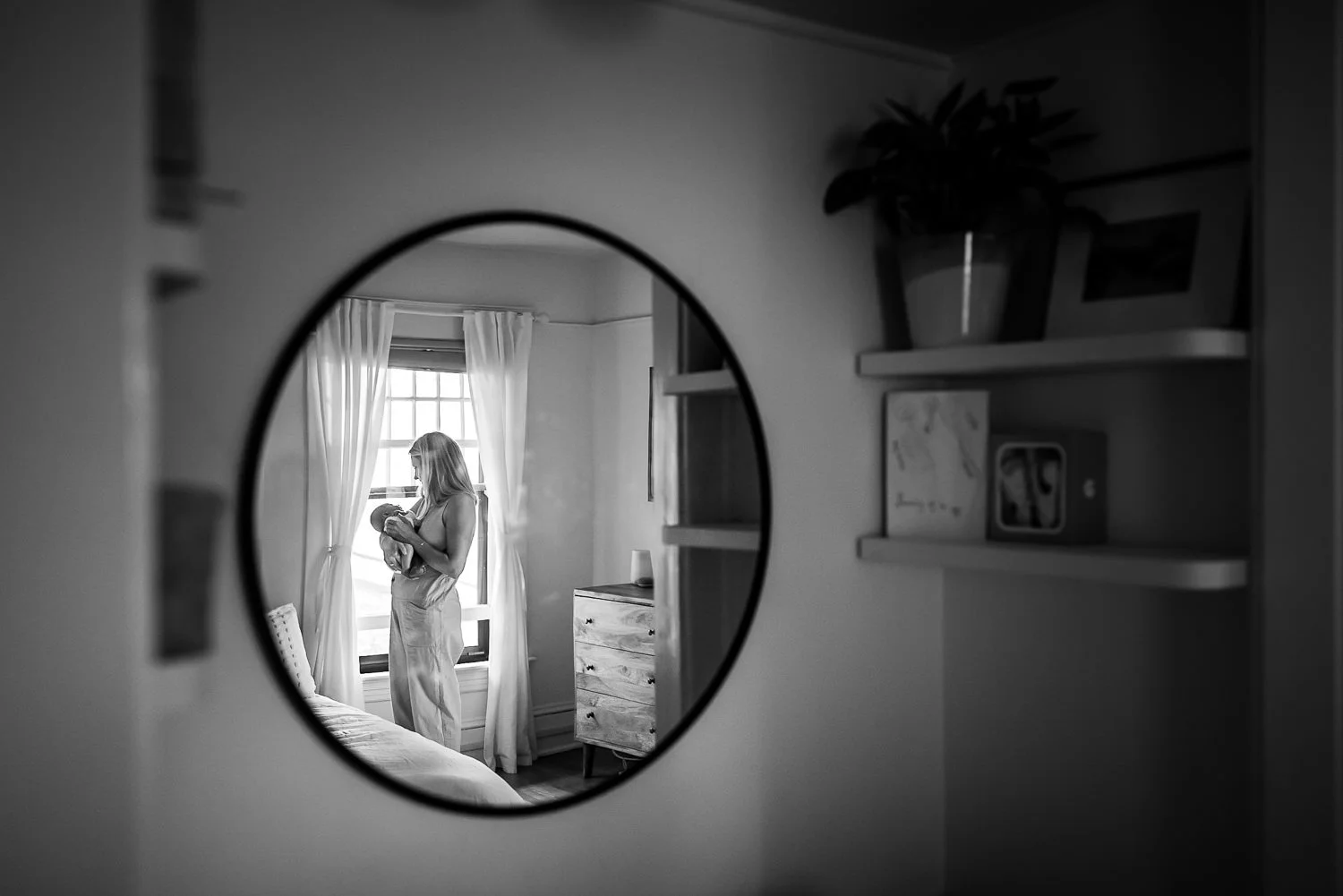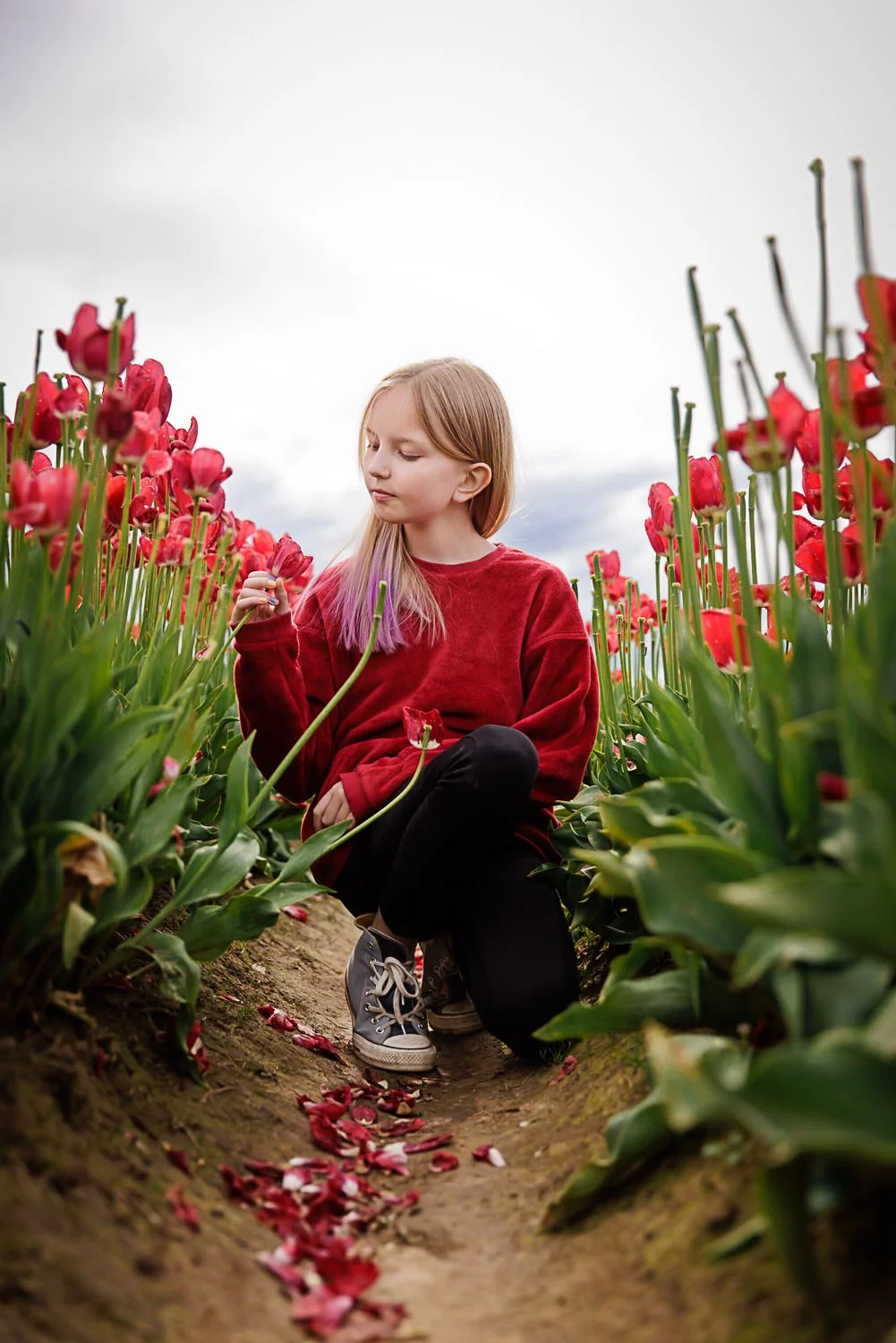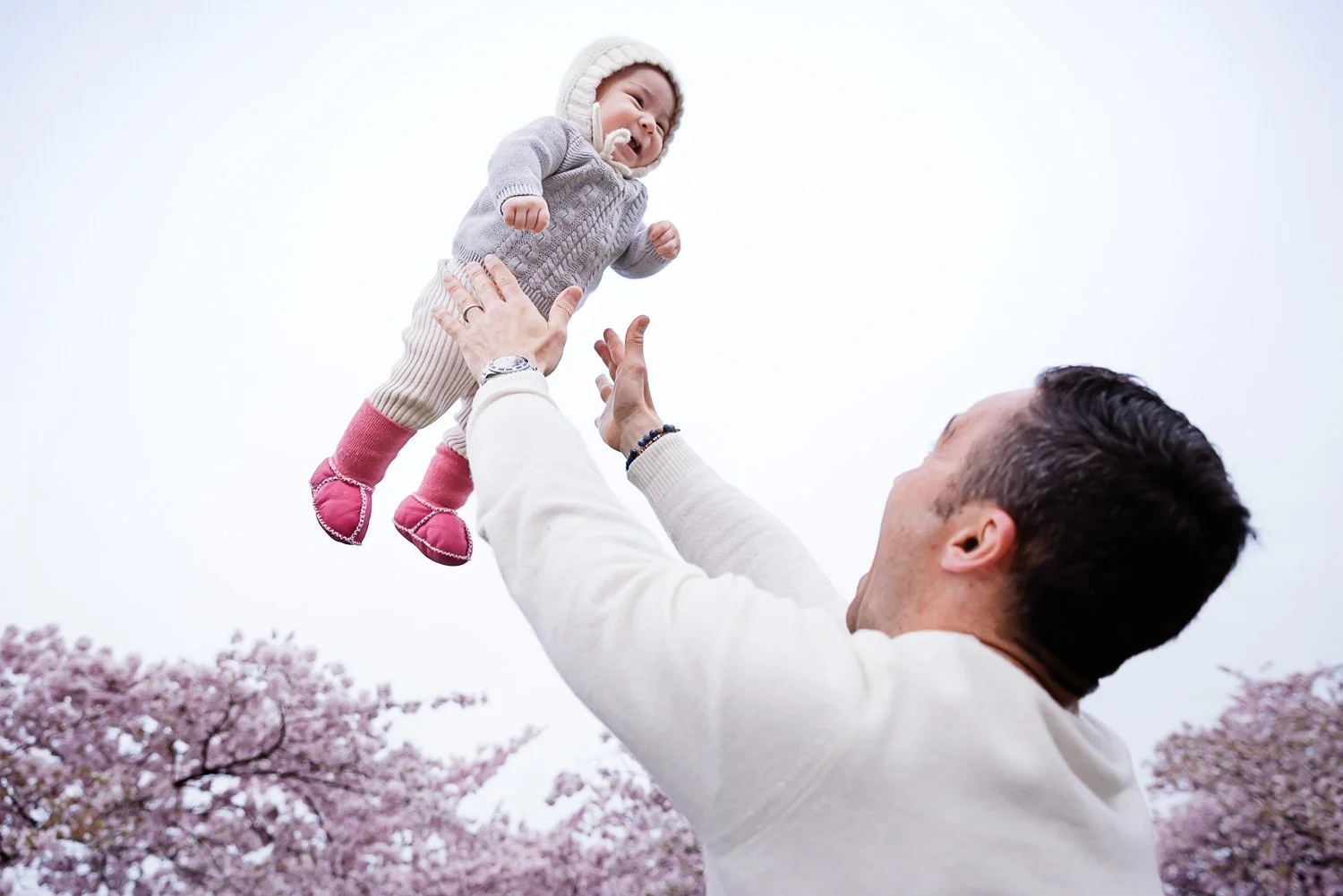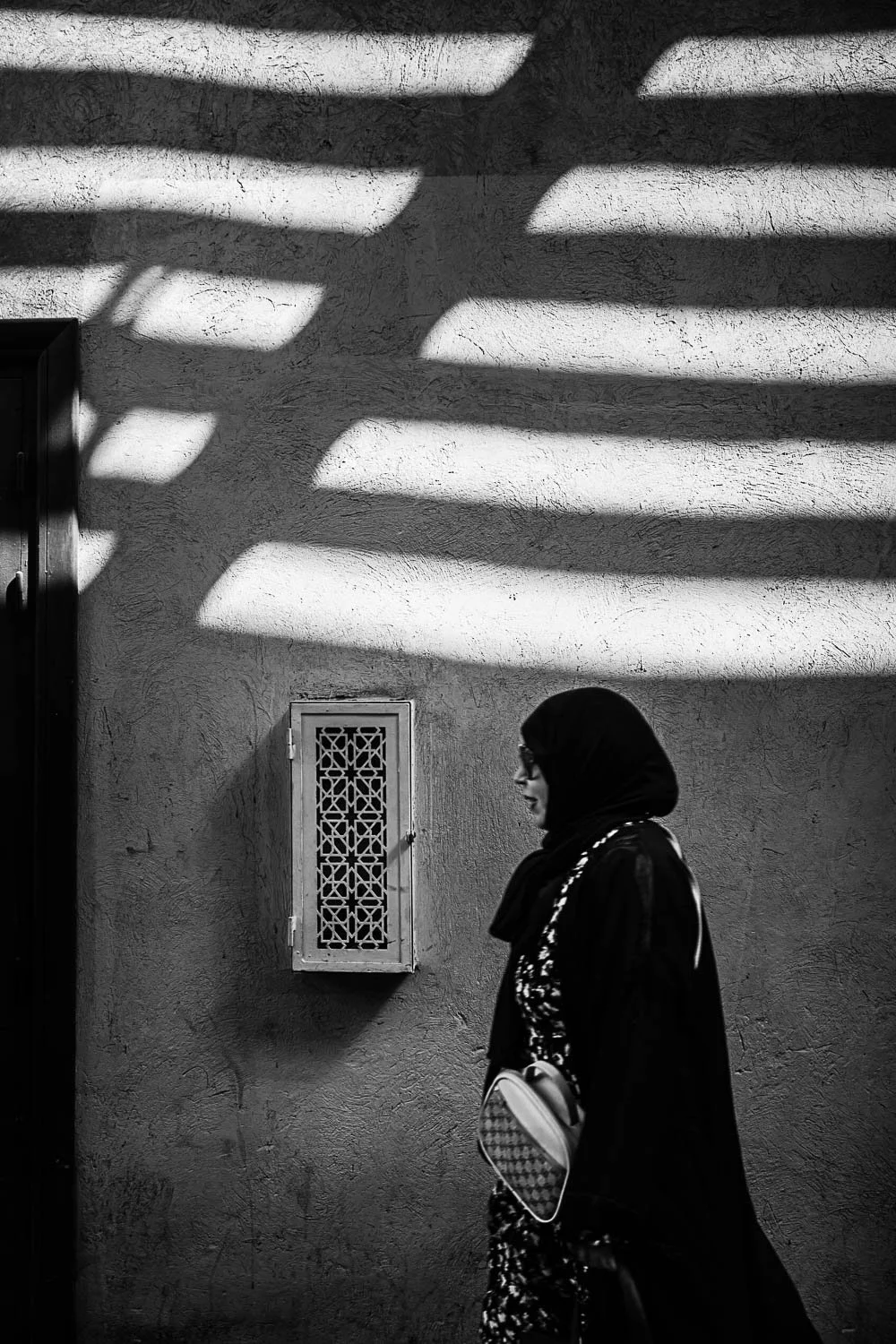Why composition in photography matters
Composition is defined in the dictionary as “the nature of something's ingredients or constituents; the way in which a whole or mixture is made up” and as “a work of music, literature, or art.”
Why composition matters in photography
Within photography, composition is important because it has to do with how the elements within a frame are arranged, and they strongly impact the overall result of a photograph.
Here are seven ways that composition impacts photography:
Composition guides the viewer through the image
Composition gives the viewer of a photograph a path to look through the image, typically by the way images are arranged within a composition. If you have images from left to right at different depths, the human brain will naturally read the image from left to right looking at the images. Lines and utilizing the rule of thirds will also lead the viewer into and through an image.
Composition creates order, balance, and harmony
When the various subjects or objects in an image are organized with composition in mind, it can create balance and order within the image. The viewer will feel comfortable and at ease as they look around the image, and there can also be a sense of harmony created with the various compositional tools one can utilize within an image.
Composition draws attention to the subject
Various compositional tools such as leading lines and framing will help a viewer to easily spot the primary subject of a photo. Imagine a person standing in front of a doorway, they are framed in such a way that you can’t help but notice their placement and presence in the frame.
Composition can enhance mood and emotion
The way in which parts of an image are organized can enhance the mood or add emotion to the image. For example, if a subject is moving out of the frame, or the crop is unusual, it may make the viewer feel concerned or uncomfortable. If a baby is at a slant that makes them look like they will fall, a person may feel worry. In contrast, a smiling subject in the middle of an uncomplicated image will bring joy to a viewer.
Composition adds depth and interest
By utilizing subject placement, in both the foreground and background in relation to the primary subject, a photographer adds significant depth to the image which makes the viewer have a feeling of heightened interest in the image.
Composition can create simplicity and clarity
If an artist aims to have a clear and simple message for the viewer to interpret from a photo, utilizing compositional tools such as center composition, negative space, and minimalism can create those feelings of clarity and simplicity.
If you’d like to learn more about how composition use can add that WOW factor that your photos have been missing, check out my online course ‘Composition and Color’. There is even a complimentary resource on how to consciously utilize composition and color in your work. Check it out!
Would you like to learn more tips about photo sessions? Check out these posts.

